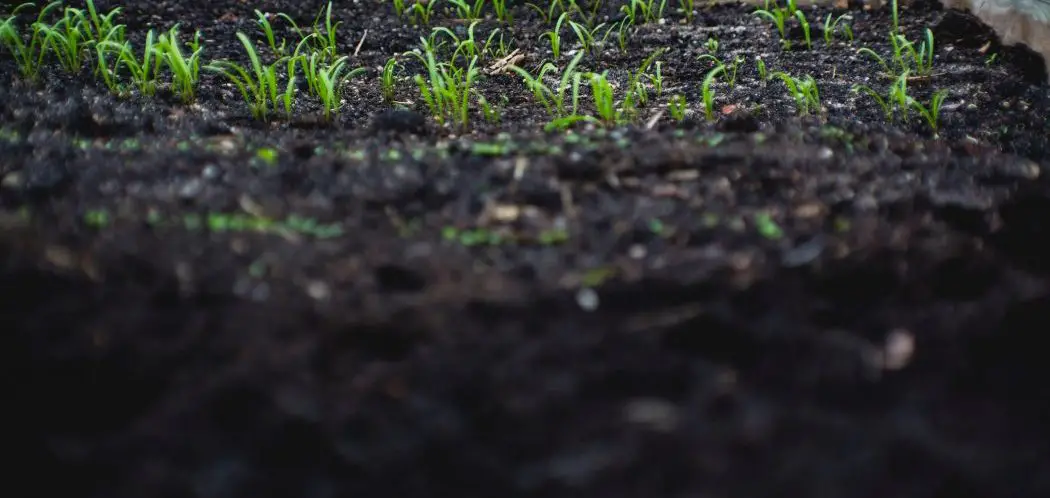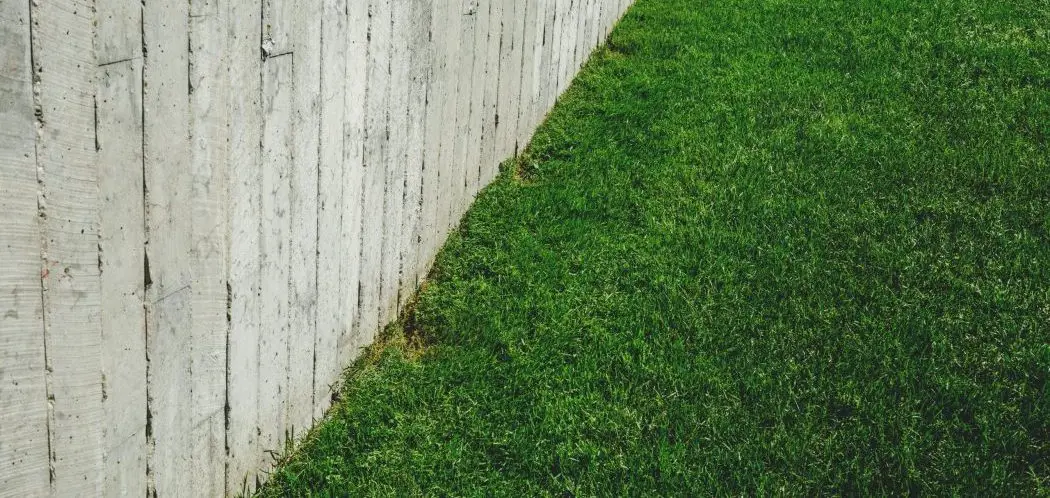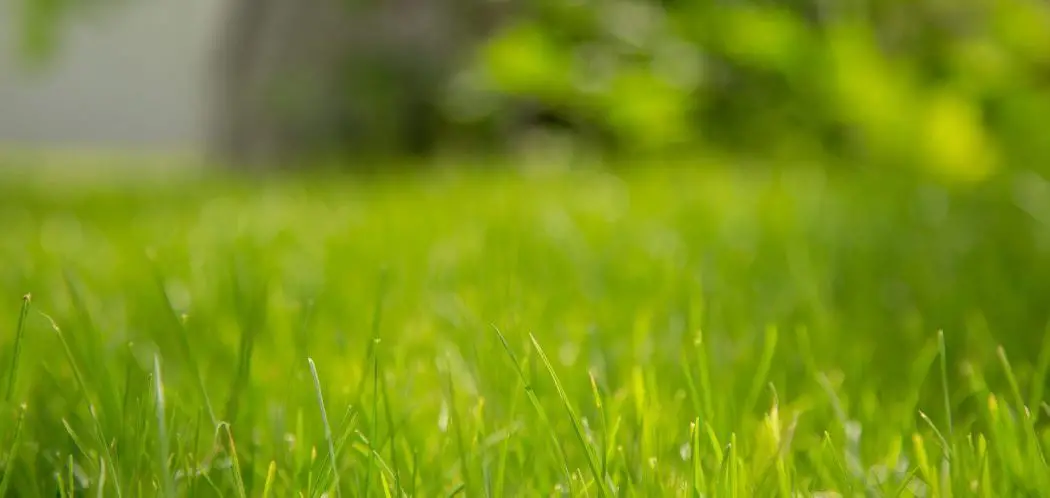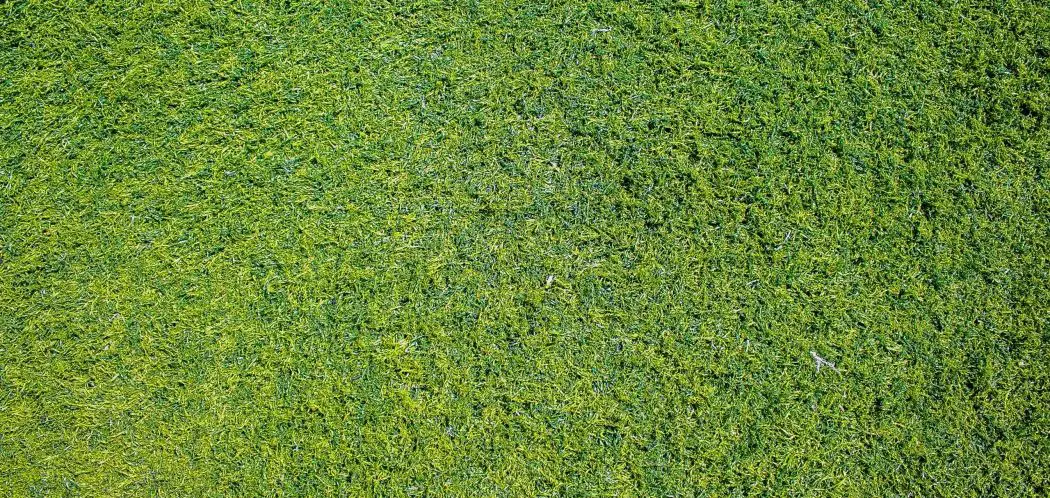Grass in your lawn needs to be properly maintained. While it looks very good, you should know that adequate maintenance is of critical importance if you want to keep the grass in prime condition.
Will grass die if covered with dirt?
If the grass does not get proper nutrients and it does not receive an adequate amount of sunlight, it’s going to die. However, it’s important to understand that grass, like all other plants, has roots in the ground.
Pouring Dirt or Soil Over the Grass
While some gardeners do tend to pour dirt or soil over the grass, you have to understand that this is not standard procedure.
There are plenty of different things you should understand about pouring dirt over the grass.
Why Grass May Die if Covered With Dirt
Placing the soil atop the grass is likely to lead the roots to suffocate. On top of that, it could lead to a myriad of other issues, such as significantly reduced drainage and can also cause a host of fungal diseases.
To understand this further, let’s look at what grass needs to survive.
What Grass Needs to Survive
Like all other plants, the grass in your garden will need adequate amounts of sunlight, water, and a nutrient-rich soil.
Most people don’t think twice before walking over the grass in their garden, and if you take a look back, you will realize that it’s going to trample the grass all over.
That’s not something that you want to do. If the grass in your garden does not get enough sunlight and there isn’t enough moisture, you should know that the grass is simply going to die.
Now, you might have noticed that gardeners sometimes pour a shallow layer of dirt over the existing soil.
Adding Topsoil
They usually prefer adding some topsoil, this layer is generally applied with a thickness of around half an inch.
It is properly raked into the lawn and in some cases, the gardeners might incorporate this into the topsoil and the thatch.
If you add a topsoil with a thickness of more than an inch, the grass is likely going to smother and die.
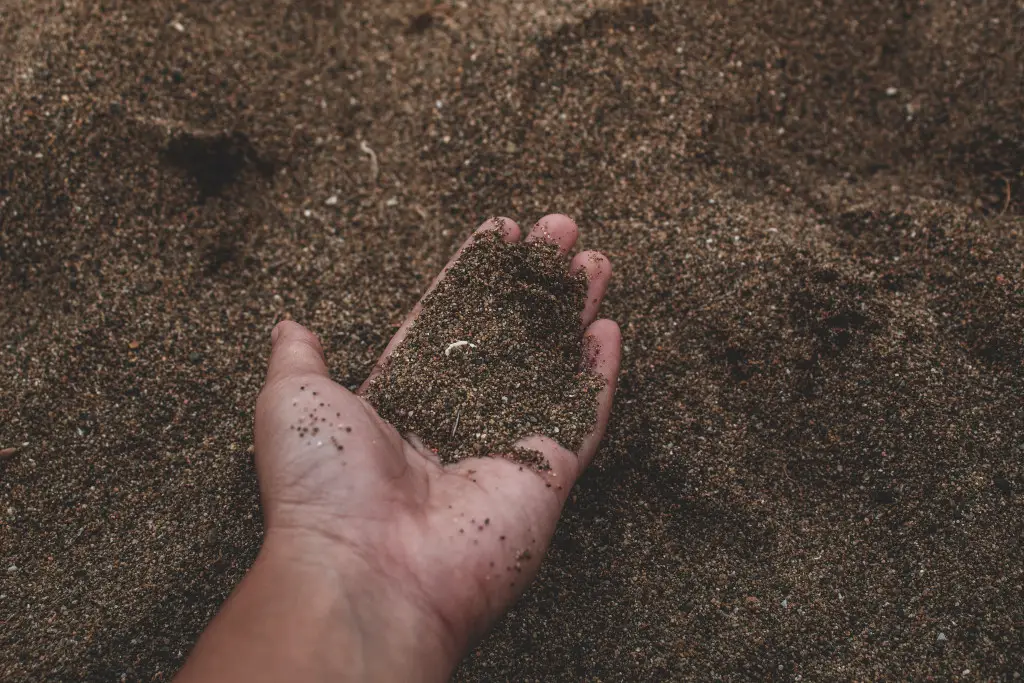
How Long Does It Take for Grass to Die When Covered?
When you smother the grass with a thicker soil and cover it, there is a strong chance that the grass will simply die. However, the death does not occur overnight, it’s a slow process and will take a month or so.
This process is further prolonged when the grass is perennial.
The Reason for the Premature Death Is Pretty Obvious
The topsoil simply covers the plant altogether, and this prevents sunlight from reaching the plant. However, there is a chance that the roots and the stems will continue to grow until they reach the surface and may sprout again.
How to Prevent the Grass From Dying
If you do wish to add topsoil to promote the growth of the plant, it is recommended that you scatter the soil in an even manner.
Be very careful that the thickness does not exceed the half inch mark, as the plant is likely to succumb to a slow death otherwise.
Adding Topsoil Is Ideal for Repairs
This might come as a surprise to most people, but gardeners generally use this method to repair the lawn.
It requires expert care, and while it is possible to simply dump the soil and prepare the garden, your approach needs to be slightly different when there is grass on the soil.
This option can also save you quite a bit of money because you won’t have to worry about excavating the soil or removing the older soil or the grass.
Many people use this method to get rid of all the plants and weeds that are underneath, so for that purpose, you have to take the opposite approach; put a soil that is thick enough to completely smother the plants underneath.
When you are about to use this method, one of the things that you have to consider is proper grading.
Grading is the process by which gardeners tend to even out the lawn.
If the added soil is not properly graded and evened out, the whole thing will look really poor in terms of appearance.
You also need to get an expert opinion on the drainage levels after you are done with the leveling, because that’s going to have an impact as well.
If the soil gets heavily compacted once you have added the top layer, there is a pretty strong chance that the new plants will die as well.
Remember, the build-up of new soil can have a negative impact, and the last thing that you would want is for the water to start draining in different directions, such as your patio section.
Hire a Landscaper
If you are thinking of adding topsoil to your lawn, one of the most important steps that you need to take is to hire a landscaper.
A professional landscaping expert will carefully review the lawn and give you a better idea about whether it is a wise move or not.
More importantly, an expert will also be able to explain to you just how the new topsoil or dirt is going to impact your current plants.
When you hire a landscaper, they will give you several important bits of advice. For instance, they will guide you regarding the amount of dirt you are likely to need for covering the entire area.
Moreover, they will also talk to you about grading the lawn.
Grading is the next step after pouring the dirt all over your garden, and you have to make sure that you take it seriously.
What Is Grading?
To put it simply, grading is the method by which your lawn will be properly evened out.
Once the topsoil has been laid out, you need to make sure that you grade the lawn and balance out all of the areas.
If there are deeply sunken and low-lying areas in your garden, it might be a wise move on your part to balance them out as well.
You can use those low-lying areas for planting more trees or grass, and it will balance everything out. For instance, when dealing with troughs or depressions, the best thing to do would be to use a decent soil mix, and then laying grass seeds all over them.
You need to pour the soil mix all over and balance out the area using a rake.
Once you are done, you can then put a bit of water on it, and then start by mixing it altogether.
Finally, you can pour the grass seeds on top. Just continue watering the soil on a regular basis, and you will notice a significant improvement in the overall soil.
Before you know it, the grass will soon begin to sprout from the garden.
Caring for Your Lawn – The Next Steps
If you have invested a considerable amount of time and money into your new lawn, it might be a wise idea to learn how to care for it properly.
Proper lawn care will go a long way in improving your lawn and will also greatly improve the health of your plants.
A well-kept lawn also plays an integral role in the aesthetic appeal of your house, making it look better and more stylish.
Here are some important steps that you should take to keep your lawn in good condition.
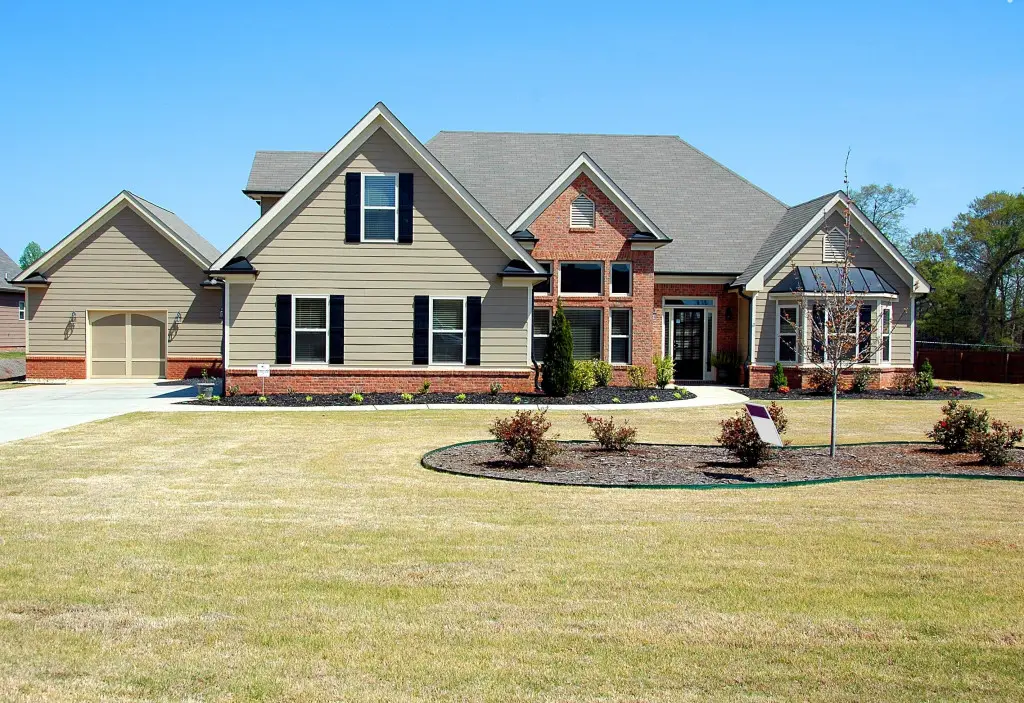
Remove All Weeds
You need to make a habit of removing all of the weeds from your lawn on a regular basis.
It is a wise move for people who want to keep their garden looking neat and clean.
Moss, thatch, and weeds are all going to cover your garden very quickly if you are not careful.
You need to take appropriate steps to get rid of all the weeds in your garden.
If you don’t get the time to weed out the garden on your own, it would be a wise idea to hire a professional gardener.
You can search for local companies that offer landscaping and gardening services, and get in touch with them to set up a schedule.
Check the Drainage
The drainage in your garden is going to play an integral role in preventing fungal infections.
Drainage around the garden needs to be taken seriously, and you have to be very careful that you aerate the soil regularly as well.
If the area is not draining water, the soil will become waterlogged.
Eventually, this will lead to an array of fungal infections, and your plants are likely to succumb to root rot as well.
Root rot is a serious problem that affects plants and needs to be taken care of quickly.
One of the things that you can do is aerate the soil using a standard rake.
However, by choosing soil that drains quickly, you will be able to improve the permeability of the soil by a considerable margin.
These are just some simple ways to take care of your plants and make sure that your garden remains in pristine condition.
Make sure you check the garden on a regular basis, at least once a week, to identify problems in their early stages and then resolve them.
As long as you take care, you won’t have much to worry about.

